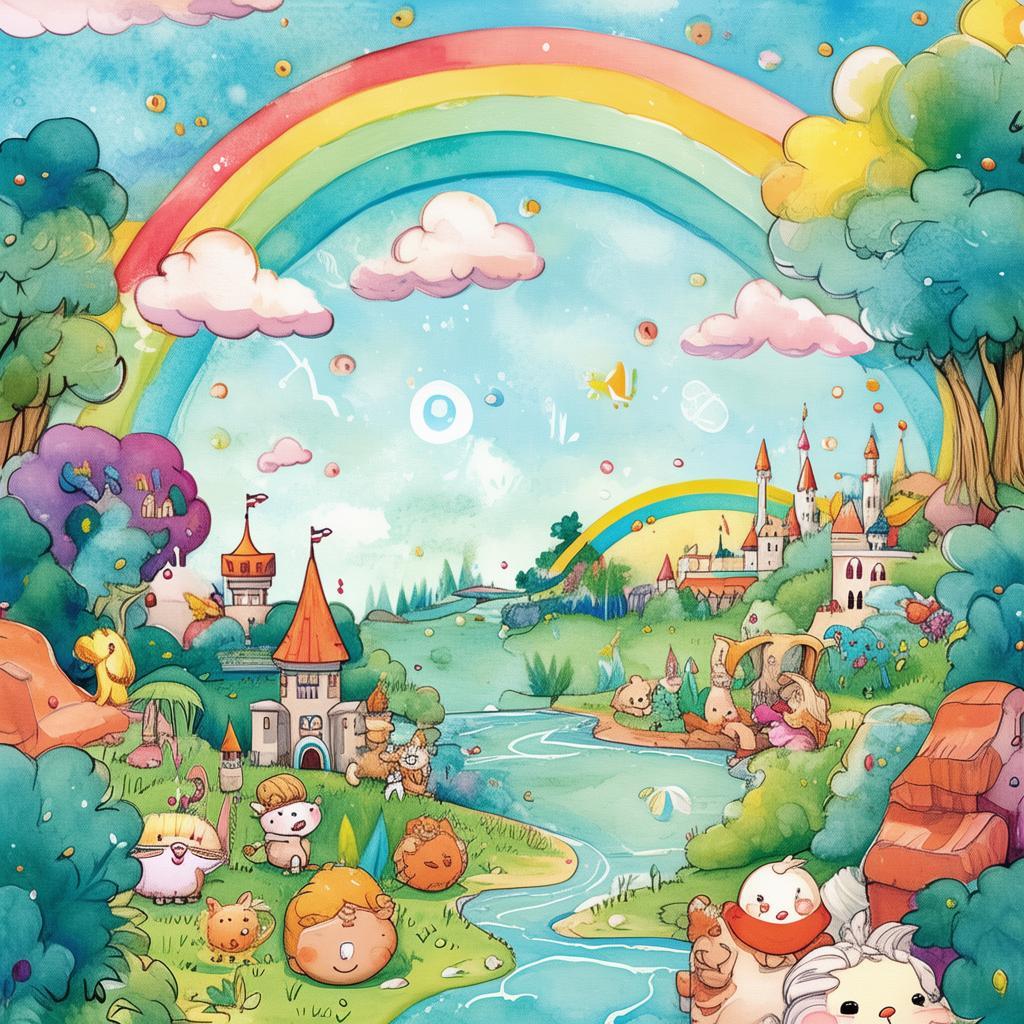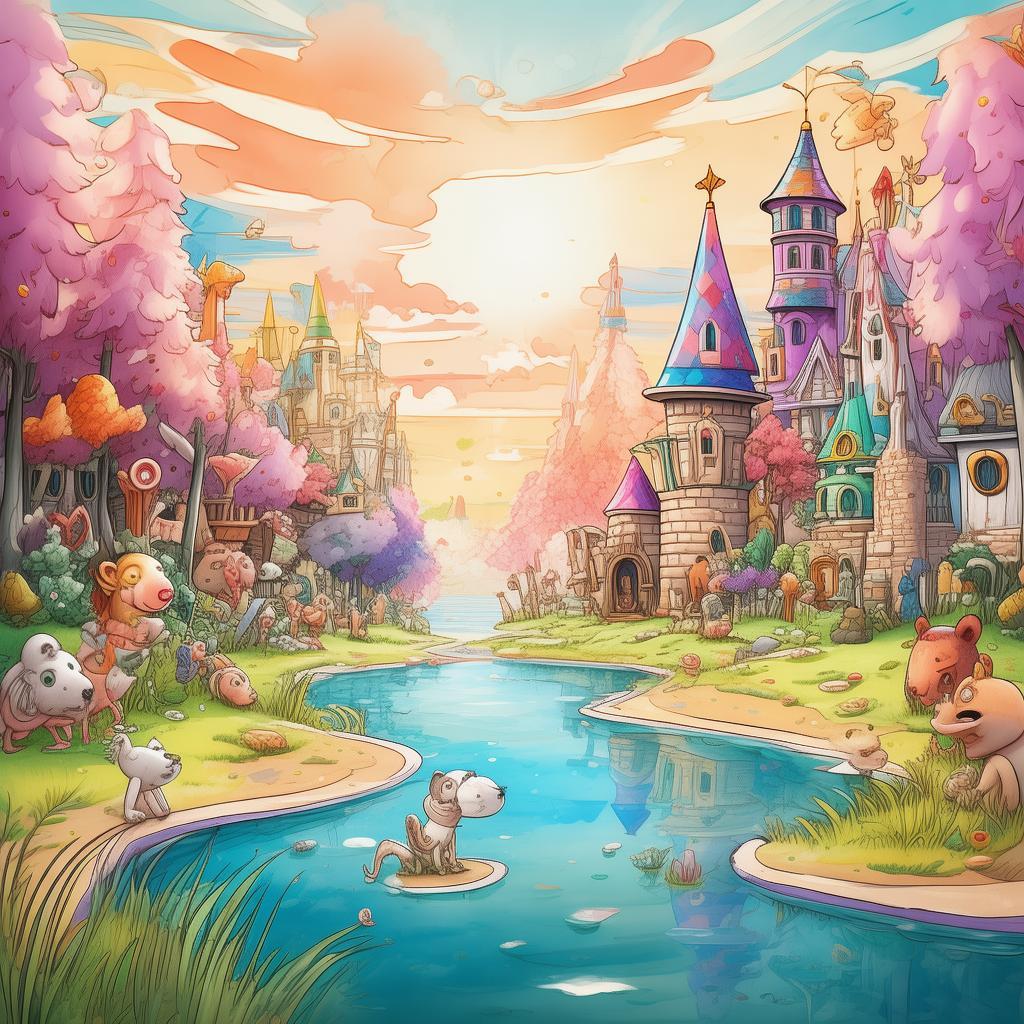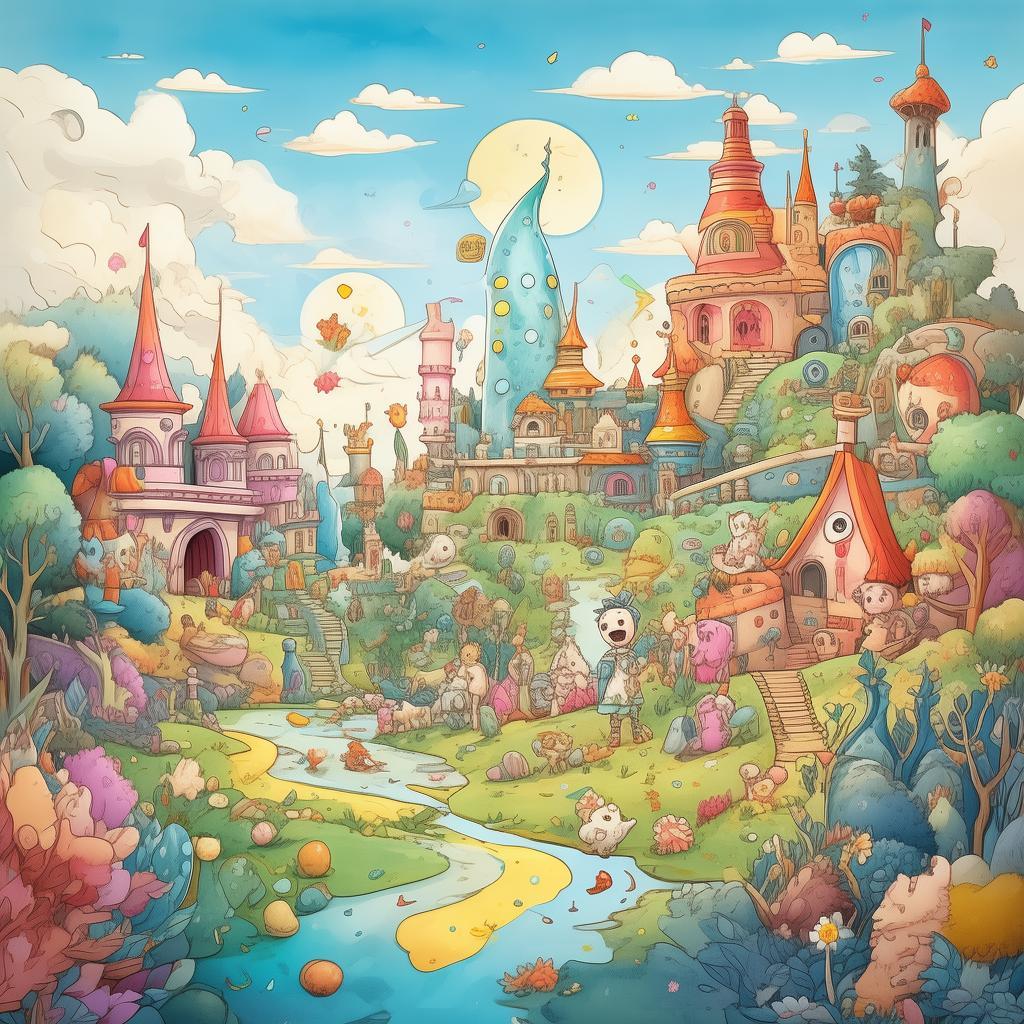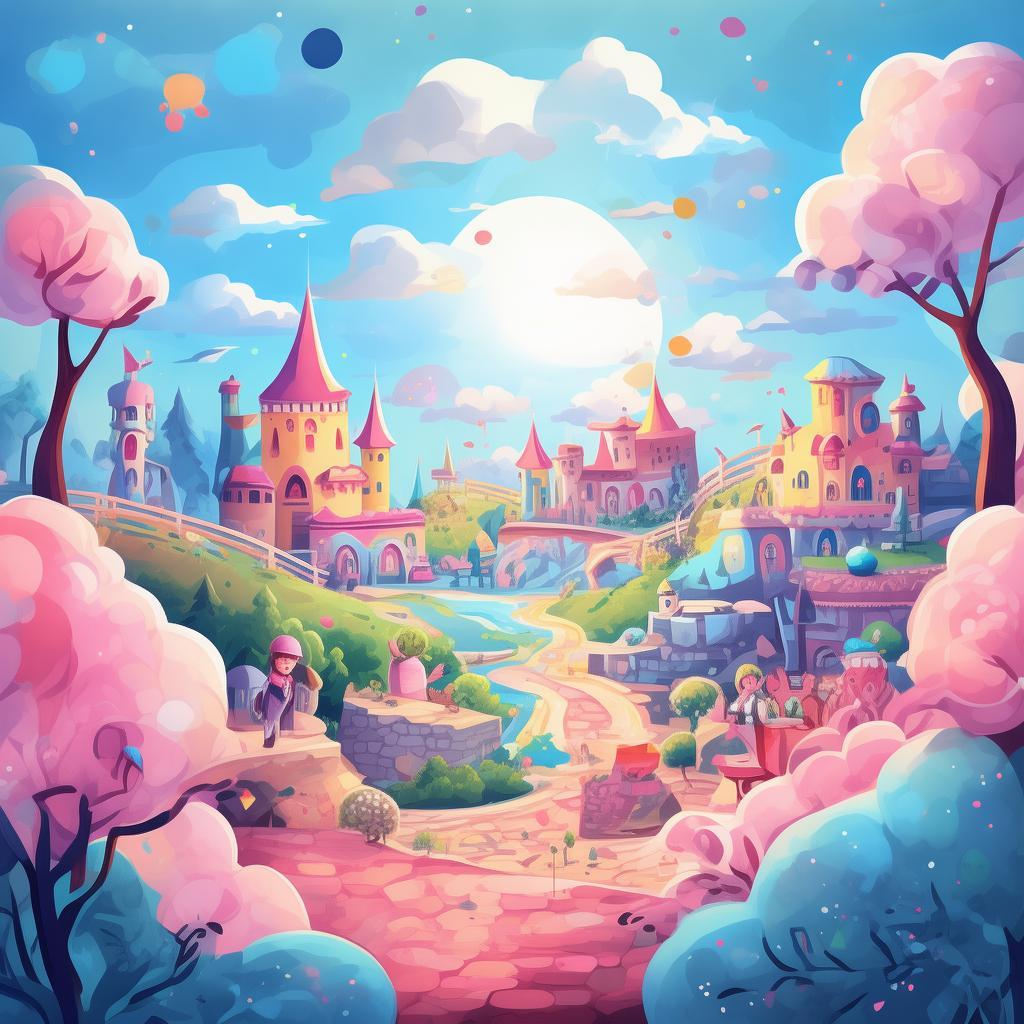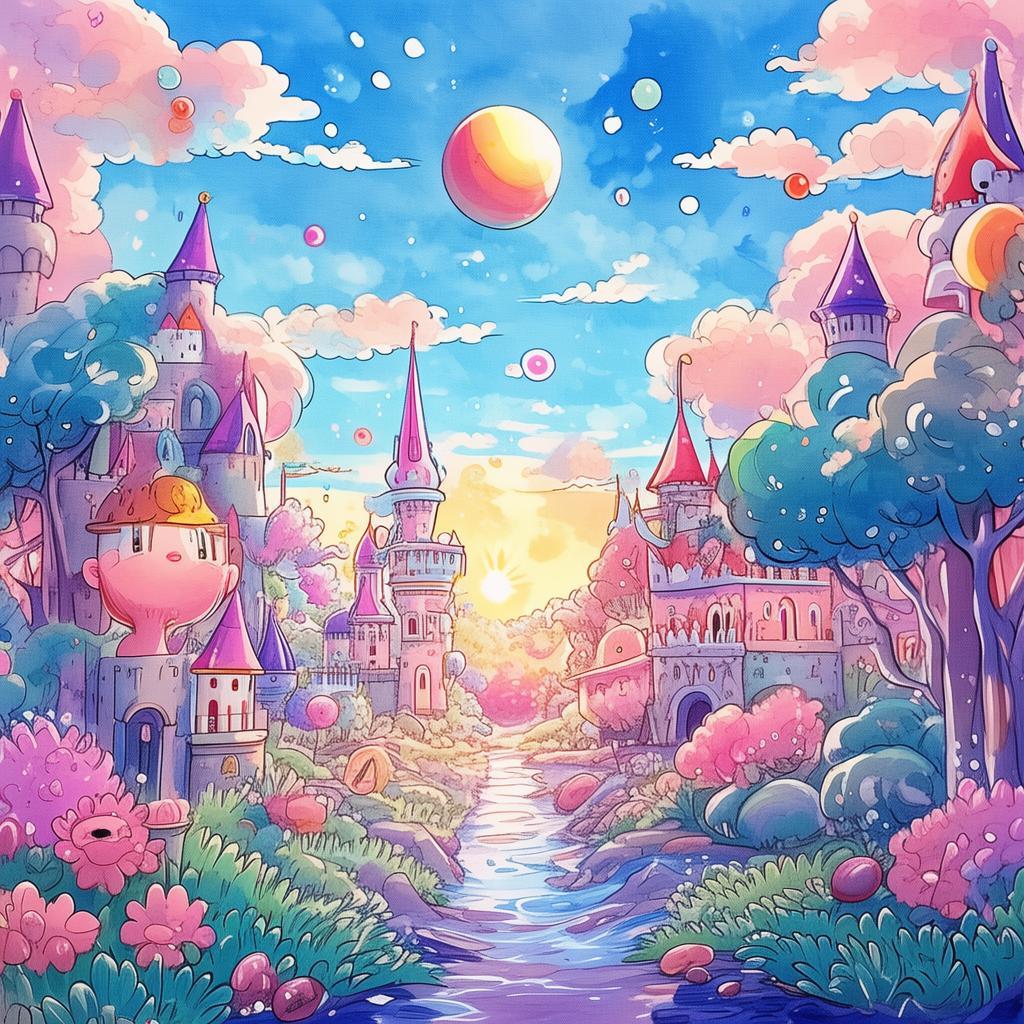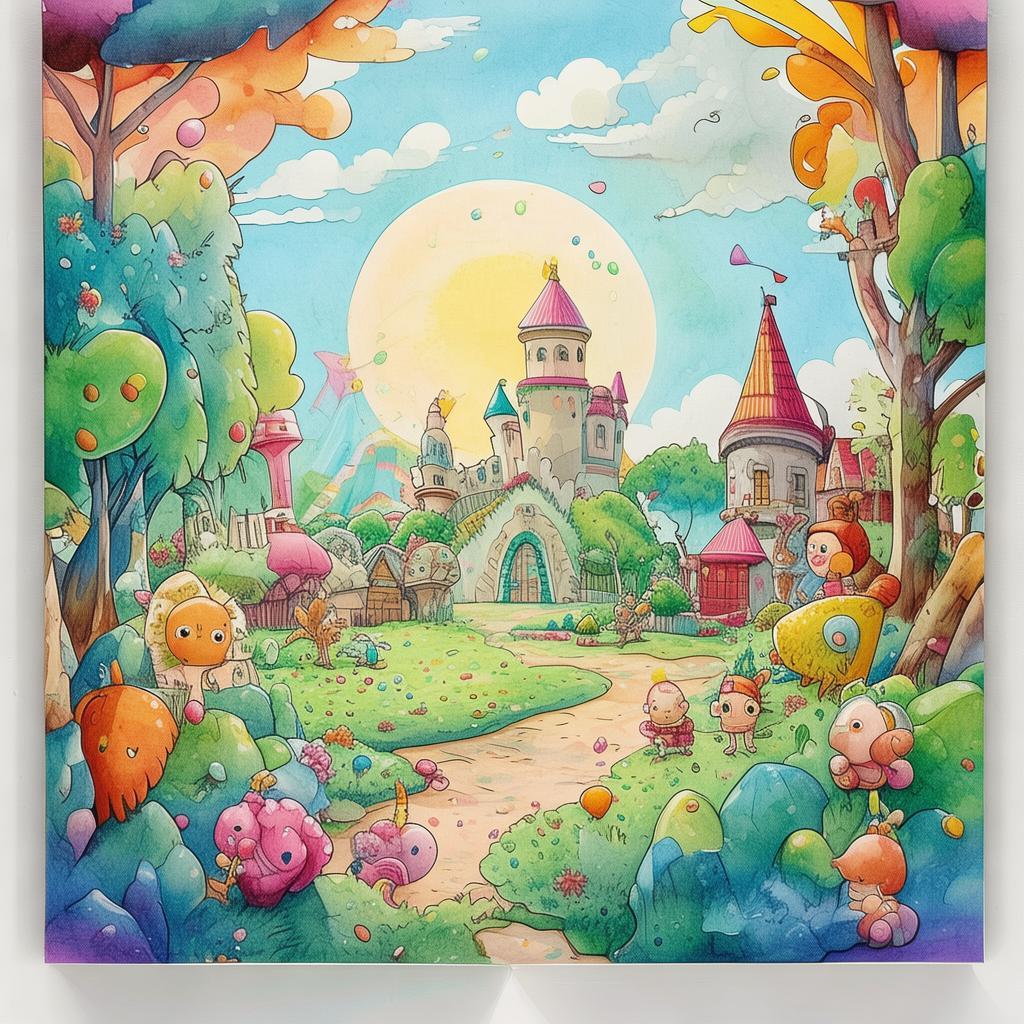The Unlikely Scribe: A Journey Through Ink and Character
In the heart of Shanxi, nestled among the rolling hills and terracotta warriors, there lay a small village named Bingtan. It was here, in the humble abode of a farmer named Mr. Wang, that a boy named Ming was born. Ming was an ordinary child by most standards, with a round face, bright eyes, and a mischievous grin that could light up any room. Yet, there was something about him that set him apart.
From a very young age, Ming had shown an affinity for the ancient art of calligraphy. His father, who was an avid reader, would often find Ming tracing characters in the dust on the floor or drawing intricate strokes in the margins of his books. Mr. Wang, recognizing his son’s talent, would sometimes bring out an old, worn-out brush and inkstone from the attic, encouraging Ming to try his hand at writing.
One evening, as the sun dipped below the horizon, casting a warm glow over Bingtan, Ming sat at the dining table, his father by his side. The inkstone was set before him, and the brush in his hand was poised over the rice paper. Mr. Wang watched silently as Ming began to trace the character for “mountain,” a stroke that required both precision and strength.
“Ming, you have a natural talent,” Mr. Wang said, his voice filled with pride. “Your strokes are smooth and even. You should learn more about this art.”
Ming nodded eagerly, his eyes sparkling with a mix of excitement and determination. He knew that calligraphy was more than just writing; it was a way to express oneself, a way to connect with the past, and a way to preserve the beauty of Chinese culture.
Days turned into weeks, and Ming’s passion for calligraphy only grew stronger. He would spend hours practicing, copying characters from ancient scrolls and studying the works of famous calligraphers. His father would often find him hunched over his desk, the brush in his hand never leaving the paper.
One day, Mr. Wang received a letter. It was from a distant relative, an esteemed calligrapher in the city of Taiyuan. The letter spoke of a competition that would take place in the capital, Beijing, and the relative encouraged Ming to participate. “Your talent is recognized far and wide,” the letter read. “You must enter this competition and showcase your skills to the world.”
Ming’s heart raced at the thought of going to Beijing. He knew that this was a once-in-a-lifetime opportunity, and he was determined to take it. He spent the next few weeks preparing, practicing every character he knew, and learning the stories behind them.
The day of the competition arrived. Ming stood on the stage, his heart pounding in his chest. The audience was a sea of faces, all eyes upon him. He took a deep breath and began to write, his brush gliding effortlessly over the paper. The character he chose was “dream,” a stroke that symbolized hope and ambition.
As he finished, the audience erupted into applause. The judges, a group of esteemed calligraphers, approached Ming, their expressions filled with admiration. They were amazed at the skill and maturity displayed by a child so young.
Ming’s journey to Beijing was just the beginning. He returned to Bingtan, his name now known throughout the region. He continued to practice, teaching others and sharing his passion for calligraphy. He realized that his art was not just about writing characters, but about preserving a cultural heritage that had been passed down through generations.
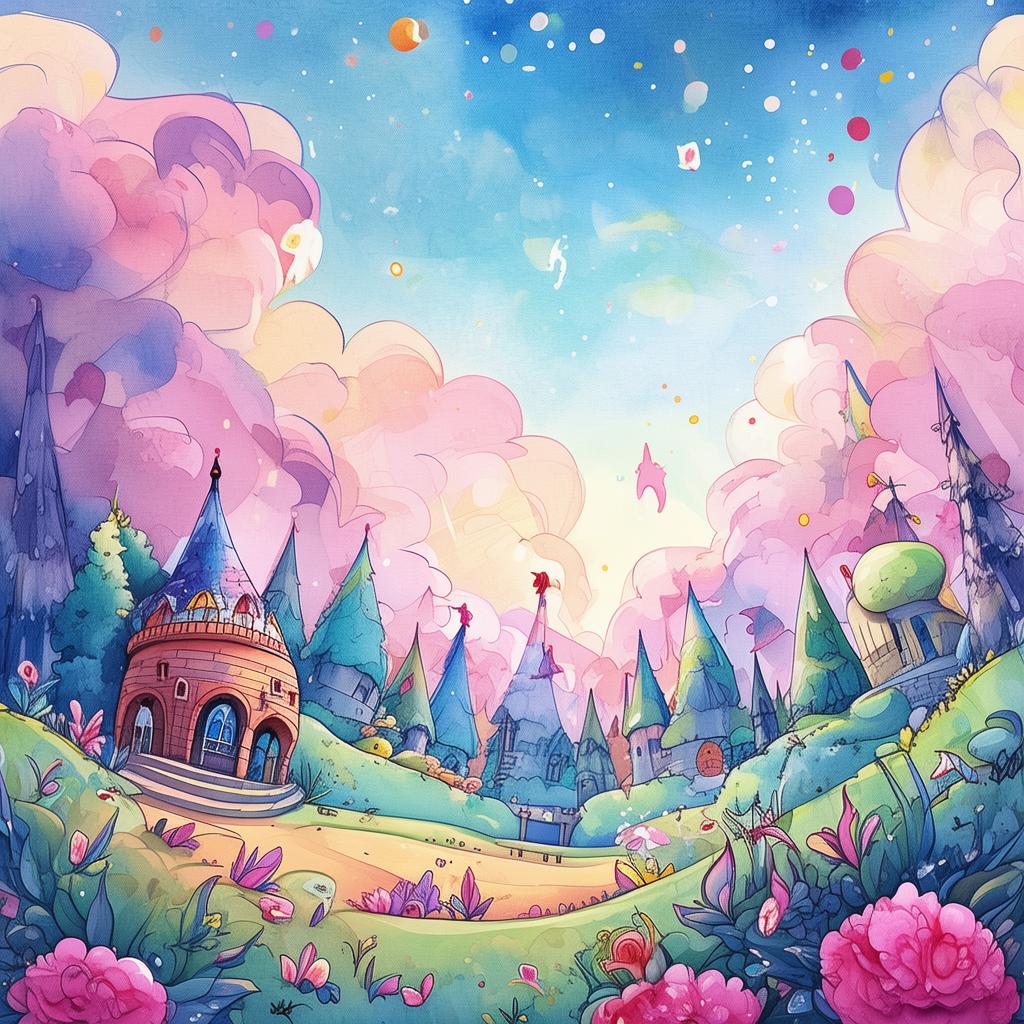
Years passed, and Ming’s reputation grew. He traveled to cities and villages, teaching and inspiring others. He became a symbol of hope and determination, a testament to the power of passion and perseverance.
In the end, Ming’s story became a legend in Bingtan. It was a story of a child who learned the art of calligraphy, not just to win competitions or gain recognition, but to connect with his roots and to share the beauty of Chinese culture with the world.
And so, the unlikely scribe from Shanxi continued to write, his brush a testament to the strength of character and the enduring power of art.
✨ Original Statement ✨
All articles published on this website (including but not limited to text, images, videos, and other content) are original or authorized for reposting and are protected by relevant laws. Without the explicit written permission of this website, no individual or organization may copy, modify, repost, or use the content for commercial purposes.
If you need to quote or cooperate, please contact this site for authorization. We reserve the right to pursue legal responsibility for any unauthorized use.
Hereby declared.
